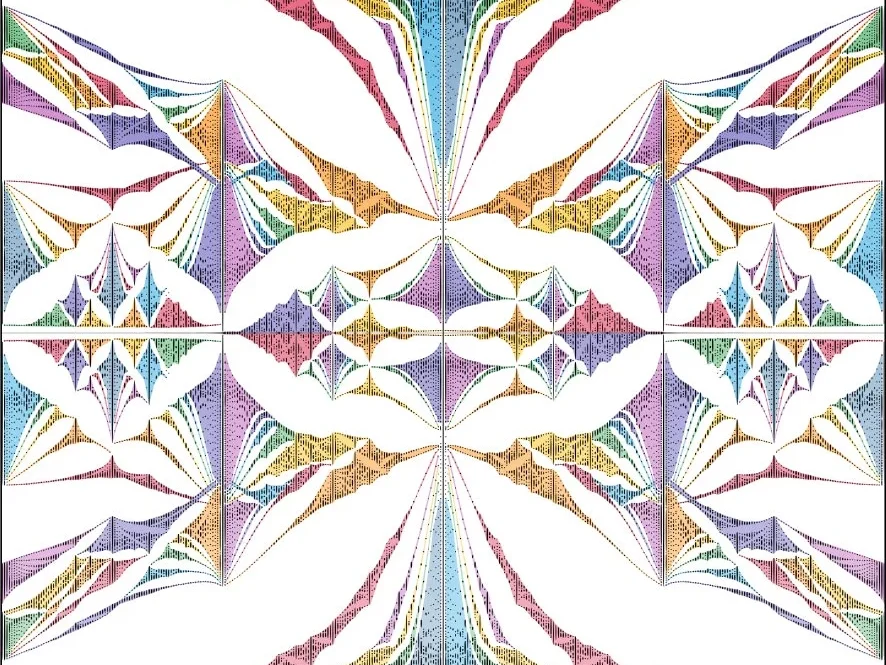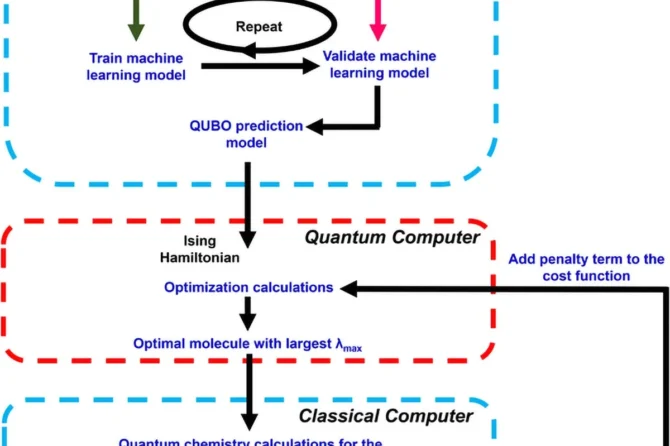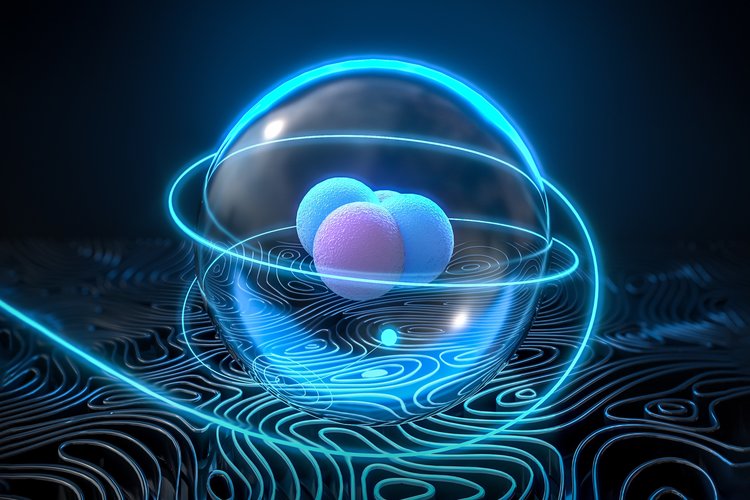Hofstadter’s butterfly, a remarkable fractal pattern representing the energy spectrum of electrons in a two-dimensional lattice under a magnetic field, has fascinated physicists since its theoretical prediction in 1976. For nearly five decades, this elegant mathematical construct remained tantalizingly beyond direct experimental verification — until now.
Scientists at Princeton University have achieved a groundbreaking direct observation of this fractal energy spectrum using twisted bilayer graphene near the second magic angle. This experimental setting provided the ideal conditions for spectroscopic studies that had previously been unattainable with conventional laboratory magnetic fields.
The breakthrough came about serendipitously. The research team, led by Professor Ali Yazdani, was originally investigating superconductivity in moiré systems when they accidentally created samples with longer periodicity than intended. This fortuitous mistake yielded the perfect conditions for visualizing Hofstadter’s butterfly.
Using high-resolution Scanning Tunneling Microscopy (STM), the researchers directly measured the energy levels of electrons in these quantum materials. Unlike previous studies based on electrical resistance measurements, STM provided direct energy probes that could be directly related to Hofstadter’s original calculations. The researchers observed the fractionalization of flat moiré bands into discrete Hofstadter subbands and discerned experimental signatures of the spectrum’s self-similarity—hallmarks of the fractal pattern.
Perhaps most significantly, the Princeton team discovered phenomena beyond Hofstadter’s original model. Their measurements revealed a spectrum that evolves dynamically with electron density, showing effects attributable to strong correlations, Coulomb interactions, and quantum degeneracy in twisted bilayer graphene. The experimental results improved when theoretical modeling incorporated electron-electron interactions, an important feature omitted from Hofstadter’s initial calculations.
This work represents more than just confirmation of a long-standing theoretical prediction. The direct visualization of Hofstadter’s butterfly opens new avenues for understanding topological states in quantum materials. As co-lead author Michael Scheer noted, “The Hofstadter regime is a rich and vibrant spectrum of topological states, and being able to image these states could be a very powerful way to understand their quantum properties.“
The research stands as a testament to the importance of both deliberate scientific inquiry and the serendipitous discoveries that can emerge from unexpected experimental results. As Kevin Nuckolls, another co-lead author, reflected: “Sometimes nature is kind to you. Sometimes nature gives you extraordinary things to look at if you stop to observe it.“
While immediate practical applications remain uncertain, this achievement represents a significant milestone in quantum materials research, bridging theoretical prediction and experimental observation in one of physics’ most beautiful and complex phenomena.
Reference: “Spectroscopy of the fractal Hofstadter energy spectrum” by Kevin P. Nuckolls, Michael G. Scheer, Dillon Wong, Myungchul Oh, Ryan L. Lee, Jonah Herzog-Arbeitman, Kenji Watanabe, Takashi Taniguchi, Biao Lian and Ali Yazdani, 26 February 2025, Nature. DOI: 10.1038/s41586-024-08550-2



